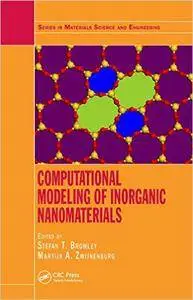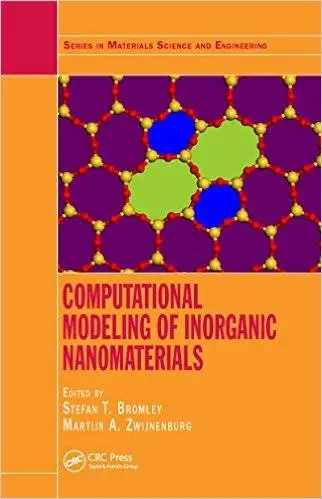Computational Modeling of Inorganic Nanomaterials (Series in Materials Science and Engineering) by Stefan T. Bromley
English | Apr. 29, 2016 | ISBN: 1466576413 | 437 Pages | PDF (True) | 28.37 MB
English | Apr. 29, 2016 | ISBN: 1466576413 | 437 Pages | PDF (True) | 28.37 MB
Computational Modeling of Inorganic Nanomaterials provides an accessible, unified introduction to a variety of methods for modeling inorganic materials as their dimensions approach the nanoscale. With contributions from a team of international experts, the book guides readers on choosing the most appropriate models and methods for studying the structure and properties (such as atomic structure, optical absorption and luminescence, and electrical and heat transport) of a varied range of inorganic nanomaterial systems.
Divided into three sections, the book first covers different types of inorganic nanosystems with increasing dimensionality. The second section explains how to computationally describe properties and phenomena associated with inorganic nanomaterials, including the modeling of melting and phase transitions, crystallization, and thermal, mechanical, optical, and excited state properties. The final section highlights a diverse range of important recent case studies of systems where modeling the properties and structures of inorganic nanomaterials is fundamental to their understanding. These case studies illustrate the use of computational techniques to model nanostructures in a range of applications and environments, from heterogeneous catalysis to astrochemistry.
Largely due to their extremely reduced dimensions, inorganic nanomaterials are difficult to characterize accurately in experiments. Computational modeling, therefore, often provides unrivaled, detailed insights to complement and guide experimental research on these small-scale materials. This book shows how computational modeling is critical for understanding inorganic nanomaterials and their future development.



